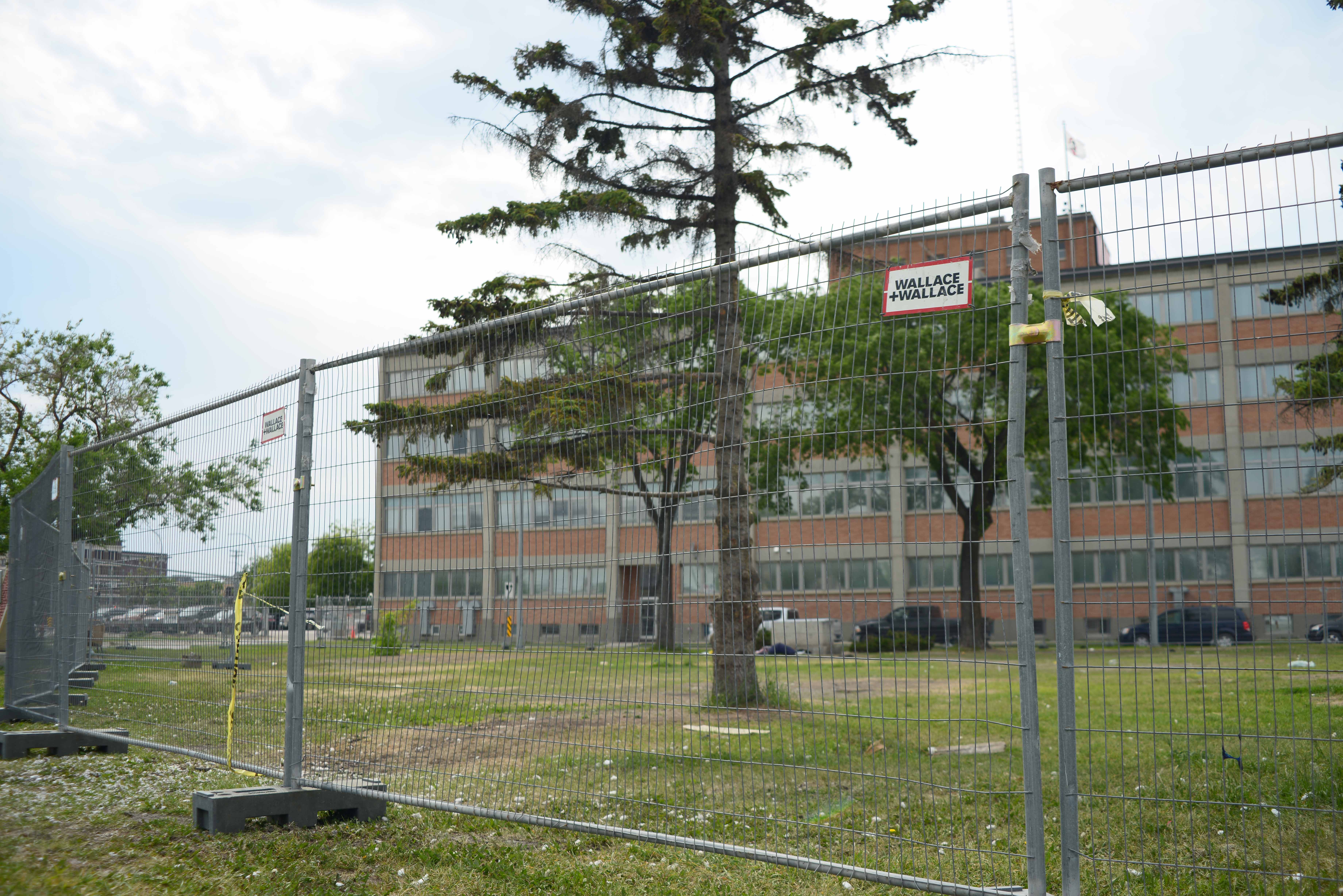The Winnipeg James Armstrong Richardson International Airport opened the runways to 747s and small carrier planes alike last October. Now that the snow has sprinkled our streets, now that exams have reared their prickly faces, it’s the season where we have reason and time to travel. Christmas has come and gone, and with it so have thousands upon thousands of people up and above the clouds in the steel arms of a jet plane. This may have been the first time any of us have had reason to frequent Winnipeg’s new airport, which lays sprawled out against the empty prairie at the end of Wellington Street, at the very outskirts of our city.
But who cares about an airport? I mean, as far as public spaces go, airports are pretty dreary. The benches are cold and hard, the restaurants are big boxes that pump out simple standard meals, the shops sell the same books, the same overpriced neck pillows and the same bite-sized snackables. Airports are hurried places. There’s nothing important or intimate or interesting about an airport . . . right?
I am inclined to disagree. All of the above things about airports are true: they feel compartmentalized and stale. There is an uncanny similarity between airports and those prepackaged jams that are served at breakfast restaurants. But there is also something desperately intimate, something beautiful, something one-of-a-kind about any airport — and about our airport in particular. I will tell you why.
If you arrive in Winnipeg, Manitoba from abroad, the first impression of the city will be the airport. In my tour of the new facility, the first thing I noticed was the windows.
“There is lots of natural light and there are 10,000 square metres of glass windows,” said Breanne Talbot, a communications specialist for the Winnipeg Airports Authority.
On one side of the airport there is a view of the city skyline — somewhat uninspiring compared to other major cities, but still beautiful in its own right. Out the windows overlooking the runways, your eyes melt into a prairie that swallows them whole with its wending flat beiges, dark browns and tinges of white snow all the way out to the horizon.
I was also very impressed by the efforts to make James Armstrong Richardson International Airport a greener place. As far as one’s carbon footprint is concerned, flying is one of the worst things that you can do for the planet. My guilt, whenever I check my bags and clutch my ticket and passport between my twitchy fingers, will be slightly alleviated by our airports new LEED (Leadership in Energy and Environmental Design) rating.
“With all of the windows, there is a lot of natural light, which reduces the need for artificial lighting,” said Talbot.
The new airport is making an extensive and expensive effort to be a more environmentally friendly place, from the ceiling to the floor. The ceiling boasts “a state of the art heating and ventilation and air conditioning system. The air is only heated or cooled up to a certain height, lower than ceiling level. There is no one up there, so why heat it?” said Talbot.
“Radiant floor heating is pumped through the floor in the winter time. During the summer the same system pumps cold water, to absorb the heat of the sun where it hits the floor,” Talbot added.
Over the last year, I have visited several different airports all across the world (mostly in Asia). In them I have felt my emotions plunge to their most desperately sad and soar to their most ecstatically happy. I have felt loneliness bite at my heels as I wander through endless snaking terminals, and felt anxiety bounce up and down inside my stomach as I stare up at the arrivals and departures board. Airports are cold and efficient places, but they are intensely intimate as well. Emotions sizzle here. Arrivals and departures are places of togetherness and separation — they are where we feel our bonds with one another tear and then stitch themselves back together. Somehow, in an airport, we combine efficiency and intimacy, comfort and quickness, safety and security.
The James Armstrong Richardson International airport has done two things that, I think, emphasize exactly this unexpected combination. First, they have kept one feature from the old airport: There was one particular escalator that would whisk you down to the first floor, almost immediately after you got off of your flight. And this was the first place that your loved ones could see you. As the moving staircase brought you down, people would wave, and cry and then hug you while you waited for your luggage. At the public’s request, the new terminal preserved this feature. That precious moment at the top of the stairs, when you find your family in the crowd, was saved.
Up on the airport’s second floor, right above the front entrance, there is a big wall of glass. Once you have passed through security, after the teary goodbyes, and the full-body pat-downs, you can walk up to this huge window and wave goodbye to your family as they exit the building. This feature of the new airport is a tender touch.
There are many, many other features of this new facility that deserve attention — the separation of arrivals and departures onto their own floors, the beautiful artwork that speckles the building, the stunning skylights, the convenient parking — the list is too long. To put it as succinctly as possible: the new James Armstrong Richardson Airport manages to balance intimacy and efficiency in a bright new building that we will likely all enjoy the next time we travel.



